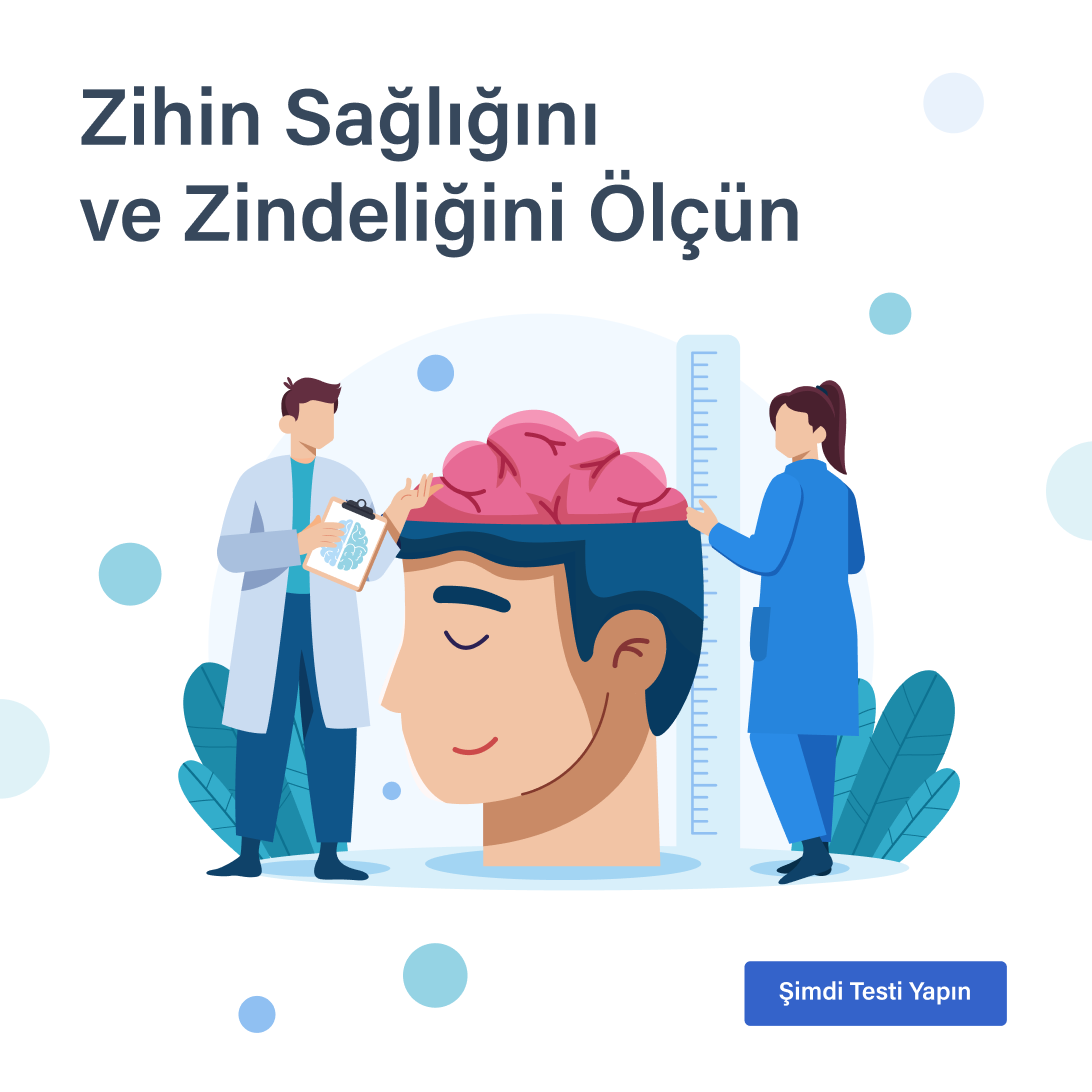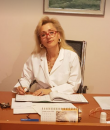BACKGROUND The treatment of ingrown toenail complicated with granulation tissue is usually partial or total nail avulsion with or without matricectomy. It costs loss of occu- pational power, however, because most patients cannot go to work or school for some time after surgery, and it is a costly and uncomfortable procedure for most patients.
OBJECTIVE This study aimed to find an easy, painless, and inexpensive alternative.
MATERIALS AND METHODS Seven patients with ingrown toenails complicated with granulation tissue are included. A small apparatus was applied on the nails, granulation tissue was chemically cauterized, and a foot bath was recommended twice daily. They were followed on a weekly basis or every other week until recovery. None of the patients received systemic treatment.
RESULTS All seven patients were completely cured without requiring surgery and/or systemic treatment. The procedure did not have any effect on their daily life. The follow-up examination of the patients at 6 months revealed that they were totally cured, and there were no recurrences.
CONCLUSION Patients with ingrown toenails complicated by granulation tissue might have an inexpensive and pain-free treatment alternative, although new studies with more patients are required.
Ingrown toenail is an uncom- fortable condition that call sometimes be complicated with granulation tissue formation.
Possible causes of the condition are considered as ill-fitting foot- wear, hyperhydrosis, improper nail trimming, or excessive exter- nal pressure.1,2
Stage 1 ingrown toenails are characterized by erythema, mild edema, and pain with pressure to the lateral nail fold. Stage 2 is marked by increased symptoms, drainage, and infection. Stage 3 ingrown toenails display magni- fied symptoms: granulation tissue and lateral nail fold hypertrophy.1 While conservative management is recommended for Stage 1, for Stages 2 and 3 various surgical measures and/or systemic treat- ment is considered, although the data on the effectiveness of these techniques are sparse.2–10
Materials and Methods
Seven patients, one female and six male aged between 15 and 23 years with recurrent ingrown toe- nails, all unilateral and compli- cated with granulation tissue for- mation, applied to our center. The duration of their complaints was between 3 and 5 weeks. They were all refusing to have a surgical intervention, had severe pain on palpation, and were asking for an alternative treatment. All but one male patient had undergone pre- vious surgery for the same prob- lem. Of the six male patients, two were playing basketball at least 3 days a week; one was playing football at least three times a week; and the other two were new graduates from a university, had just started working, and had been wearing dress shoes.
We decided to apply a small ap- paratus made of 0.4 mm-thick stainless dental wire with two hook-like pieces attached to each side of the nail, which were con- nected by a dental string in the middle (Figure 1). The granula- tion tissue was cauterized by silver nitrate, and they were advised to have foot baths with one tablet of 250 mg potassium permanganate diluted in 2 L of warm water twice daily, for 10 minutes each time. None received oral antibiotics, and they came back once a week for follow-up.
Because these nails are very fra- gile, to prevent the nail from being torn or broken off, the application of the apparatus was kept loose. The nail apparatus was first ap- plied to the painful side, slightly pulling the granulation tissue lat- erally, and then to the other edge. The apparatus was fixed by hypoallergenic tape, paying at- tention that the tape was touching only the nail plate but not the adjacent skin.
Finally, granulation tissue was cauterized with silver nitrate. To prevent pain, the adjacent parts were covered with cotton gauze and only the granulation tissue was touched gently. Starting from the next morning, they had foot baths twice daily.
First follow-up visit was planned 3 days later to perform changes in treatment if needed. None of the patients had any trouble, and they were all continuing their daily routine without any pain or other problems; thus, after the first check-up they were followed up on a weekly basis.
During these controls, first the nail apparatus was checked and changed and then granulation tis- sue was cauterized; the black layer formed by silver nitrate fell off on the fifth or sixth day after cauter- ization so weekly touch-ups were optimal. These weekly treatments were carried on until the granu- lation tissue was completely re- moved.
Results
Following the application of the apparatus, the patients were im- mediately asked to walk barefoot and also to stand on their toe tips to make sure that they did not have any complaint. Even at the first visit all were completely pain- free right after the apparatus was applied, and from the second week on they started sporting ac- tivities without any problem.
They carried on their daily activ- ities and never missed a day from school or work. None of the pa- tients received systemic treatment, antibiotics, or antiinflammatory agents; none required surgery and therefore received no anesthetic medication. The duration of weekly visits was around 10 min- utes. Granulation tissue disap- peared at the end of the second week in two patients, at the end of the third week in three patients, and at the end of the fourth week in two patients (Figures 2 and 3).
Patients were called back 1 and 6 months after the cessation of the treatment, and none had any complaint with their toenails.
Conclusion
Although this is a small study, re- sults show that it may be worthy of follow-up with more patients. Applying a special nail apparatus together with silver nitrate and potassium permanganate foot baths may be an inexpensive, easy, and patient-friendly treatment al- ternative to surgical interventions for ingrown toenails complicated with granulation tissue.
References
Zuber TJ. Ingrown toenail removal. Am Fam Phys 2002;65:2547–54.
Yang K, Li Y. Treatment of recurrent in- grown great toenail associated with granulation tissue by partial nail avulsion followed by matricectomy with sharpulse carbon dioxide laser. Dermatol Surg 2002;28:419–21.
Abby NS, Roni P, Amnon B, Yan P. Modified Sleeve method treatment of in- grown toenail. Dermatol Surg 2002;28:852–5.
Lazar L, Erez I, Katz S. A conservative treatment for ingrown toe nails in chil- dren. Pediatr Surg Int 1999;15:121–2.
Piraccini BM, Parente GL, Varotti E, Tosti A. Congenital hypertrophy of the lateral nail folds of the hallux. Cinical features and folow-up of seven cases. Pediatr Dermatol 2000, 2005;17: 348–51.
Koc¸yig˘ it P, Bostanci, S, O¨ zdemir E,
Gu¨ rgey E. Sodium hydroxide chemical matricectomy for the treatment of in- grown toenails: comparison of three dif- ferent application periods. Dermatol Surg 2005;31:(7 pt 1):744–7.
Ozawa T, Nose K, Harada T, et al. Par- tial matricectomy with a CO2 laser for
ingrown toenail after matrix staining. Dermatol Surg 2002;31:302–5.
Serour F. Recurrent ingrown big toenails are efficiently treated by CO2 laser. Der- matol Surg 2002;28:509–12.
Kim JH, Ko JH, Choi KC, et al. Nail splinting technique for ingrown nails: the therapeutic effects and the proper re- moval time of the splint. Dermatol Surg 2003;29:745–8.
Ozawa T, Yabe T, Ohashi N, et al.
A splint for pincer nail surgery: a con- venient splinting device made of an aspiration tube. Dermatol Surg 2005;31:94–8.





